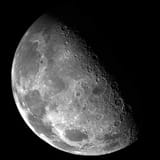Moon Monday #248: The one that starts with a meme
China preps complex Chang’e 7 mission to study lunar water while US Artemis III rejigs.

China is progressing well in preparations towards the launch of its Chang’e 7 mission to the Moon’s south pole in the second half of next year. The complex multi-month mission primarily aiming to study lunar water ice spans several elements: a lander, an orbiter, a rover, a hopper, and an existing lunar satellite Queqiao 2 whose previous mission was to relay communications between Earth and Chang’e 6 spacecraft modules so as to fetch farside lunar samples.
Each element of Chang’e 7 has scientific instruments and goals of its own.
- The Chang’e 7 orbiter will sport a high-resolution stereo mapping camera, a miniature synthetic aperture radar, an infrared spectrometer, a set of high-resolution neutron and gamma ray spectrometers, and a magnetometer.
- The lander will operate two cameras, a seismometer, a lunar dust & plasma analyzer, and a telescope. It will also host a retroreflector. The seismometer in particular will help scientists better understand the lunar interior as well as constrain the rate of moonquakes and amount of micrometeorite impacts on the lunar south pole, which will help safely plan long duration crewed missions to the region in the future.
- The rover will tout a panoramic camera, a Raman spectrometer, a ground penetrating radar, a mass spectrometer, and a magnetometer.
- The hopper, also referred to as a mini flying probe, will have a water analyzer.
- The relay satellite will conduct a radio experiment using one of its payloads, and will continue studying uncharged energetic particles and the extreme ultraviolet environment around Earth with two instruments for those tasks respectively.
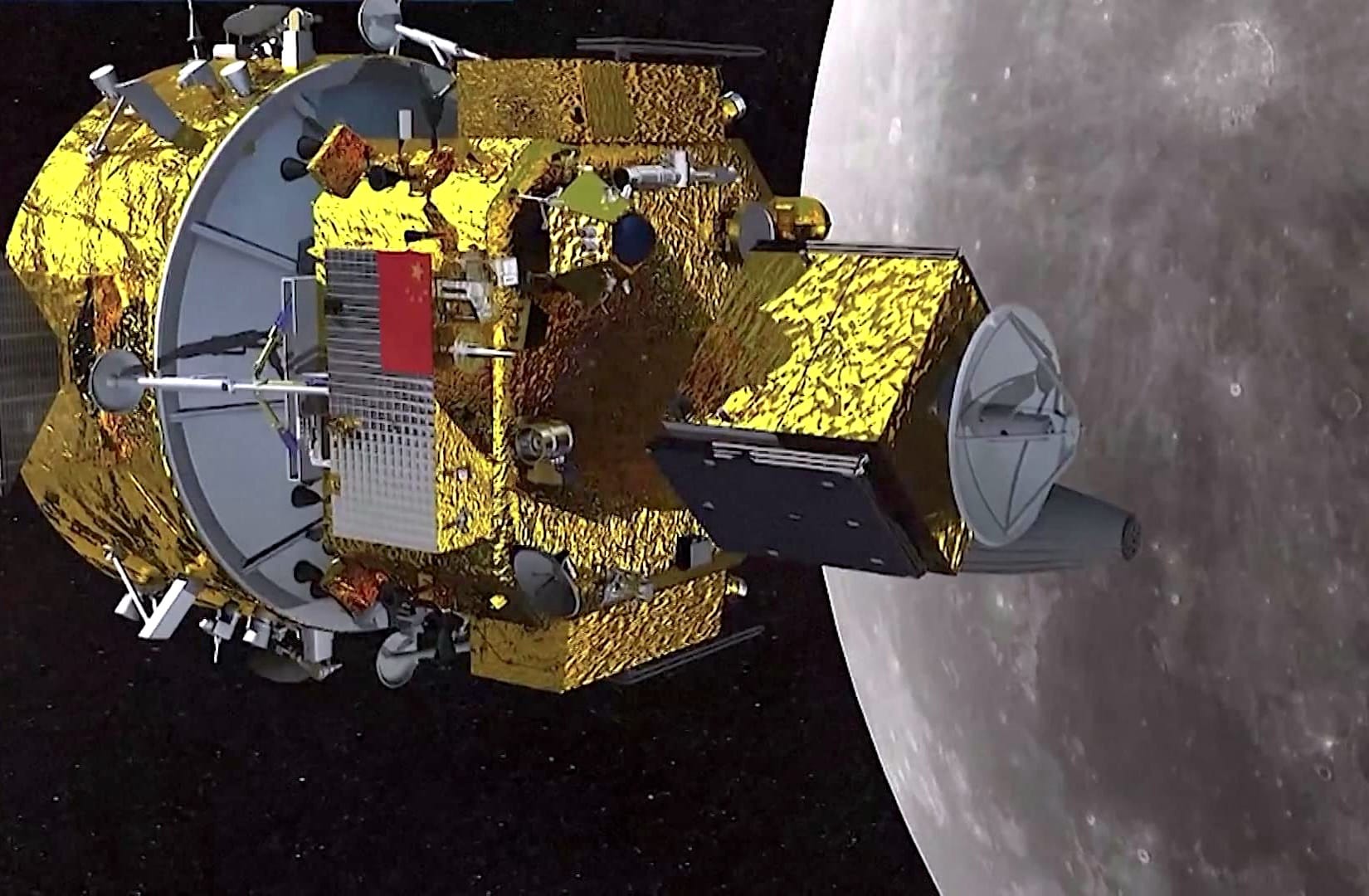
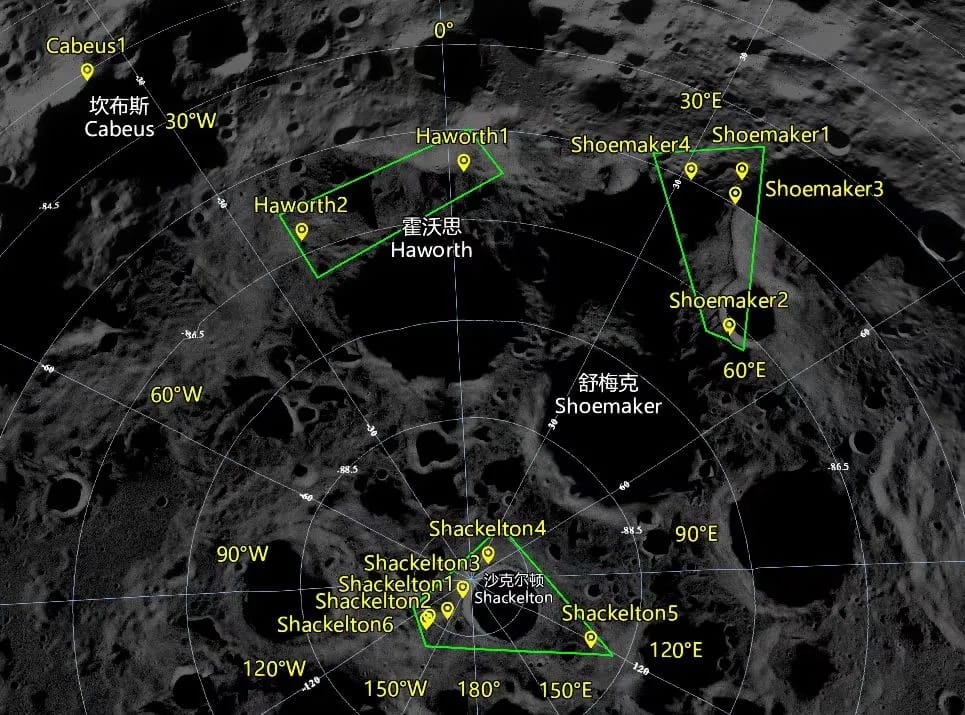
A taste of lunar water
After a two month survey of key lunar south polar locations using the orbiter’s instruments, the Chang’e 7 lander aims to perform a precision landing at the finally selected location by mission operators. Post touchdown, the lander will deploy the rover and activate the hopper to explore around. The surface mission’s primary goal across its three elements is to locate and study water deposits frozen inside cold traps within permanently shadowed regions on the lunar south pole. Many of the instruments listed above, like the infrared & mass spectrometers and the ground penetrating radar, will directly help scientists get a tactile understanding of lunar water ice. The Chang’e 7 hopper, with its shock absorbing legs, will jump into nearby permanently shadowed areas for its onboard Lunar Water Molecular Analyzer (LWMA) to detect water ice and other volatile resources like ammonia.
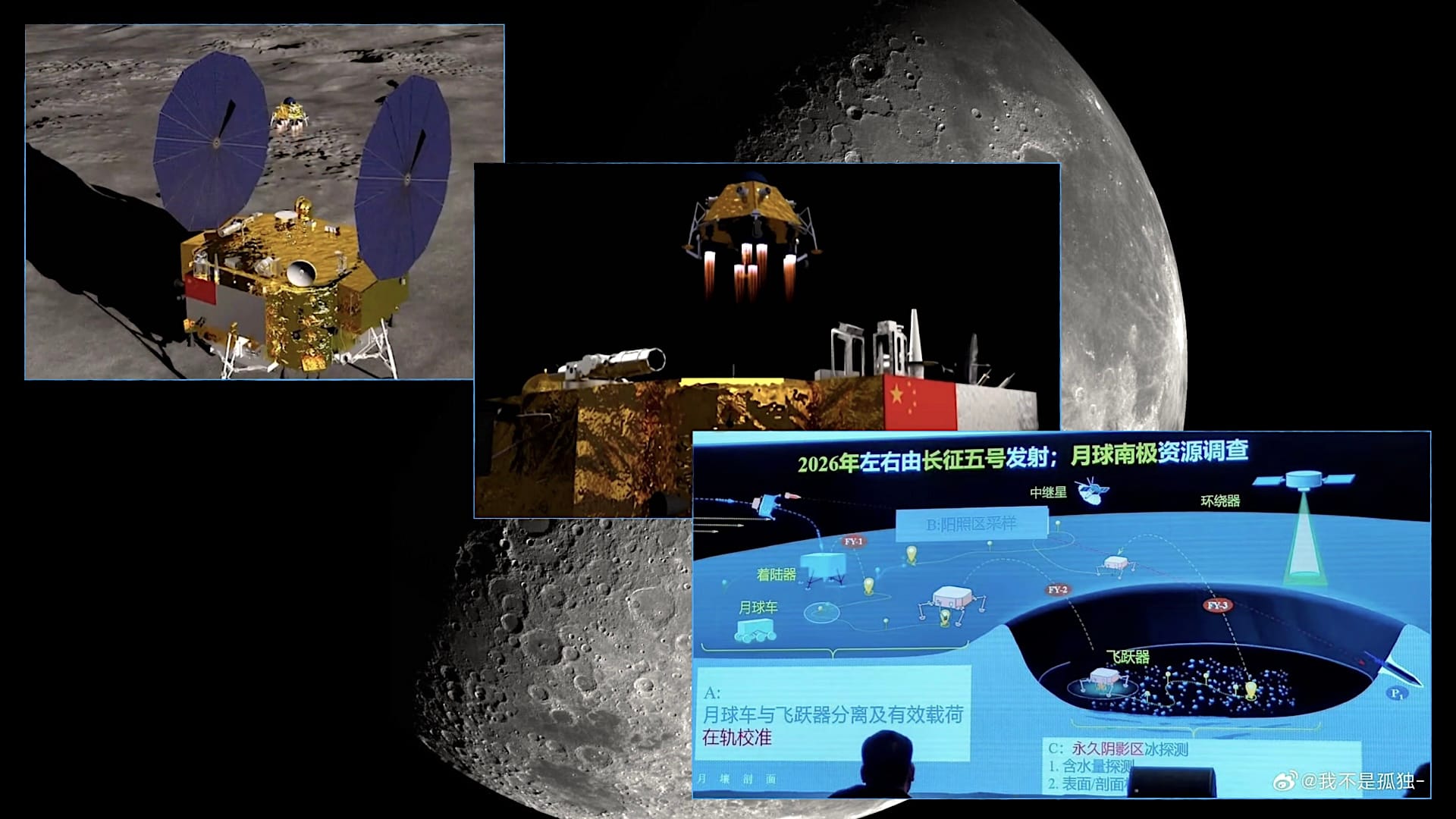
The paper on Chang’e 7 science by Chi Wang, et al. captures the mission’s approach to studying lunar water and its importance as follows:
Previous studies of water and volatiles were mainly based on orbital remote sensing neutron spectrometers, synthetic aperture radars, spectrometers and other methods; only indirect evidence of the existence of water ice in the shadowed area was obtained, and it is difficult to judge its depth, abundance and forms, etc. By using more advanced high-precision neutron gamma spectrometers and synthetic aperture radars, and by conducting direct in-situ measurements of H2O molecules and their H isotopes in PSRs at the same time, we can not only confirm the existence of water ice and reveal its origin, but also obtain the distribution and content of water ice in the PSRs through a comparative analysis of in-situ measurement results with the remote sensing detection results of PSRs on the entire lunar surface. Combined with laboratory test analysis and research on water and volatile components in lunar samples, we may address fundamental questions on the origin and distribution of lunar water ice and volatile components.
Chang’e 7 will be China’s first attempt to gain such a ground truth understanding of the accessibility, movement, and storage of surface and near-surface water ice on the Moon’s poles, which is crucial to appropriately plan long-term lunar exploration and sustained off-Earth living. Virtually all recent missions funded by NASA have failed to advance on the same despite it being the foundational goal of the US Artemis program. Given China’s exceptional track record of virtually no major failure despite undertaking increasingly complex lunar missions, there’s little reason to doubt that Chang’e 7 and its successor Chang’e 8 will not be successes. China is poised to prepare well for an eventual Moonbase with crew and robots under the Sino-led project called the International Lunar Research Station (ILRS).
There’s another mission aspect that’s interesting that’s mentioned in the same paper. Chinese researchers have suggested that when coupled with Earth-based ground stations, China’s in-progress network of lunar navigation and communications satellites can help CNSA track its deep space missions with sub-kilometer accuracy all the way to Jupiter and even beyond. As noted by Chi Wang, et al., the Queqiao 2 relay satellite will use its radio payload to test an element of this during Chang’e 7’s mission:
The LOVEX [payload] on the relay satellite is used to construct a 400000-km baseline Moon–Earth VLBI measurement and observation experiment system to improve the accuracy of orbit determination in deep space and to carry out astrometry and astrophysics observation and study.
International instruments onboard
Of all the Chang’e 7 instruments, seven are international contributions, a welcome move as China seeks to increase global participation in its Moon missions in the lead up to its ILRS Moonbase plans. Ling Xin recently reported that according to Chang’e 7’s deputy chief designer Tang Yuhua, the international instruments that will be aboard the mission’s various elements have all been delivered to CNSA.
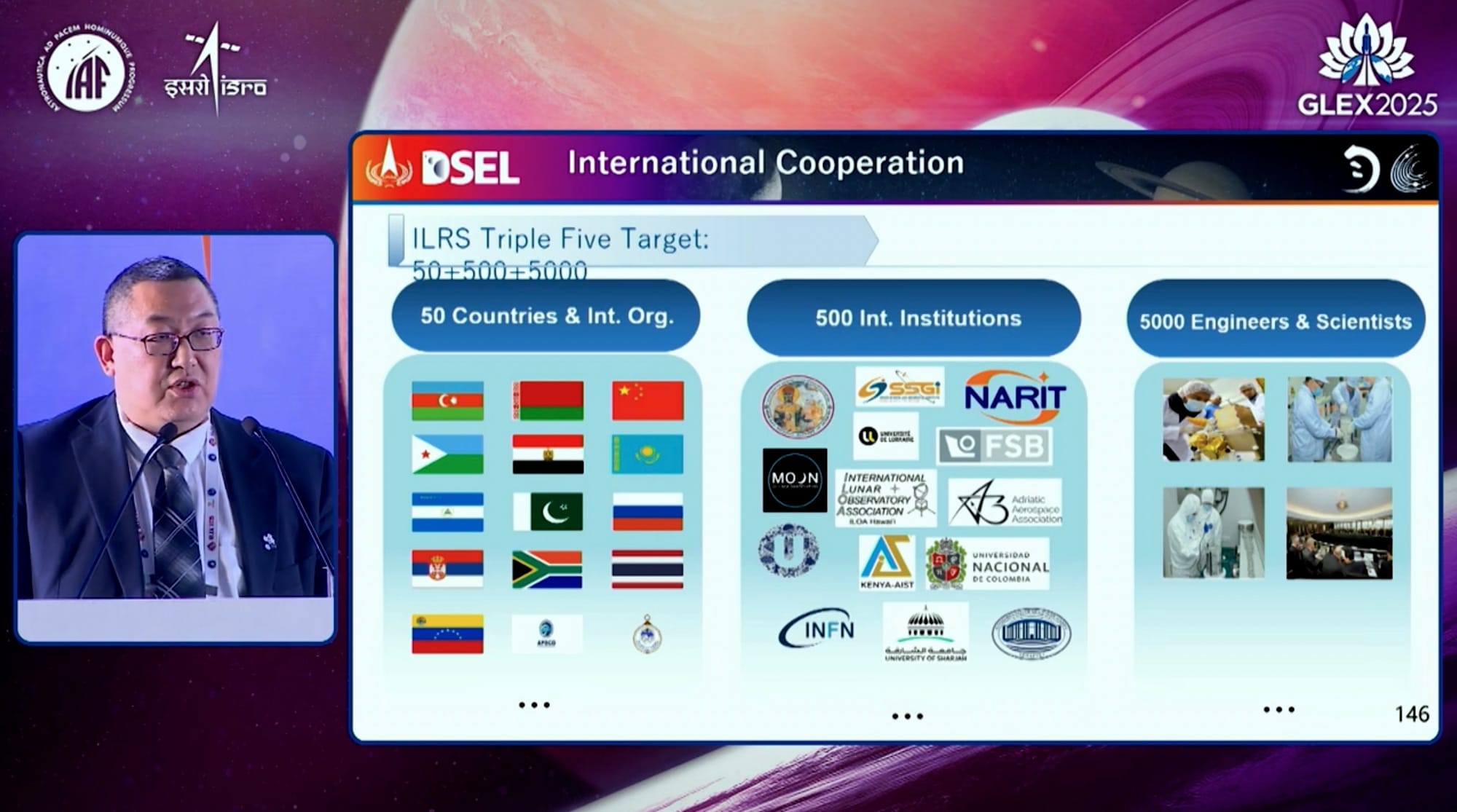
The orbiter’s hyperspectral mineral mapping camera is made by Egypt and Bahrain, a space radiation measuring instrument duo is from Thailand, and a monitor which will measure incoming and outgoing radiation to and from Earth got aid from Switzerland. For Egypt, Bahrain, and Thailand, this mission represents their first study of our Moon. On the lander end, the lunar dust & plasma analyzer is from Russia, the ILO-C telescope from the US-based International Lunar Observatory Association (ILOA), and the retroreflector is from Italy-based SCF Lab just like Chang’e 6.
In July, ILOA’s telescope passed payload acceptance tests. Developed through collaboration with China’s NAOC and the University of Hong Kong, ILO-C is a wide-field optical telescope which aims to capture inspiring images of our galactic center from the Moon. In August, Thailand’s National Astronomical Research Institute (NARIT) delivered its ~5-kilogram radiation monitoring MATCH payload to CAS and CNSA. It will study solar storms and cosmic rays respectively with two instruments. MATCH was developed by over a dozen Thai researchers in collaboration with seven professors across Chinese scientific institutions. Thailand was the first country to sign on to the Sino-led ILRS Moonbase project as well as the US-led Artemis Accords. Senegal is the only other country to sign both. I hope many more join.
Upcoming missions globally this decade which are similar to Chang’e 7’s surface mission of aiming to find and characterize lunar water include the joint Indo-Japanese Chandrayaan 5 / LUPEX mission and NASA’s VIPER rover which might fly on a Blue Origin lander. All of these missions will provide enhanced context for analyzing ISRO’s Chandrayaan 4 samples, which aims to bring lunar polar material to Earth in 2028.
Related: Western media narratives misrepresent Chinese space, which reduces trust and deters cooperation and collaboration.
Many thanks to Space Age Publishing, Astrolab and Mahesh Anand for sponsoring this week’s Moon Monday! If you too appreciate my efforts to bring you this curated community resource on global lunar exploration for free, and without ads, kindly support my independent writing:
NASA reopens Artemis III human landing contract
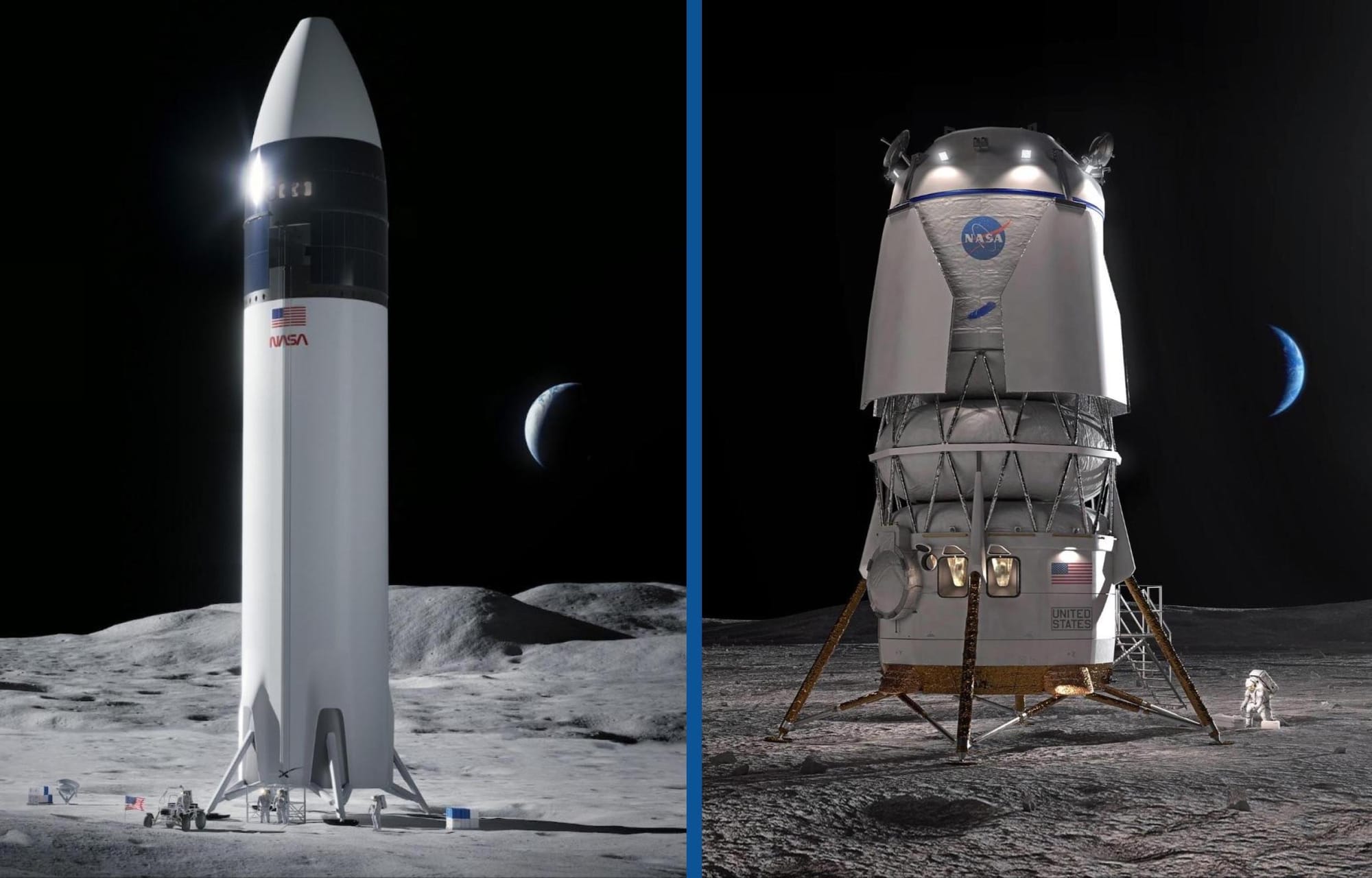
A year later than expected, SpaceX finally hit all suborbital testing milestones it needed from the second version (v2) of its Starship Super Heavy rocket thanks to October 13’s eleventh integrated test flight IFT-11. Like IFT-10’s August flight, IFT-11 achieved its primary goals, from a demonstration of deploying simulated Starlink satellites to heat shield tests as well as precise core & upper stage return and splashdowns. SpaceX will next test an upgraded v3 Starship early next year from a new launchpad, only after the success of which can the many remaining milestones leading up to a lunar landing be checked off one after another—slowly but hopefully surely.
Between those still pending milestones, the three back-to-back failures of Starship this year, and an explosion of a test pad, the slow progress of SpaceX in building its contracted crewed lunar lander for NASA’s Artemis III mission has shook the US in finally realizing that it will likely not meet its self-imposed goal of “beating China” to the Moon. To that end, NASA’s Trump-appointed Acting Administrator Sean Duffy has acknowledged that Starship’s crewed landing will be delayed by at least two years from 2027, and has thus gone ahead and reopened the Artemis III contract to all entities who can propose a faster turnaround. SpaceX is allowed to put in an accelerated timeline proposal as well.
I’m not interested in covering man child like tantrums in reaction to this development as news. Between that and sticking to Moon Monday’s approach of avoiding (Artemis) hot takes and speculative coverage, it’s better to wait for all bidders to send in their accelerated Artemis III crewed landing proposals to NASA. These proposals are due by October 29, and we’ll see where things are headed once more formal information about them is out. In the meanwhile, Marcia Smith has covered well how Artemis III’s timeline has kept moving to the right.
Note that this whole development was not announced on NASA’s website; the US government shutdown is not supposed to affect Artemis II and III related activities and yet here we are. If NASA can announce this change on social media, and undertake its logistics, it can also put out said announcement on its website as its canonical presence on the web.
More Moon
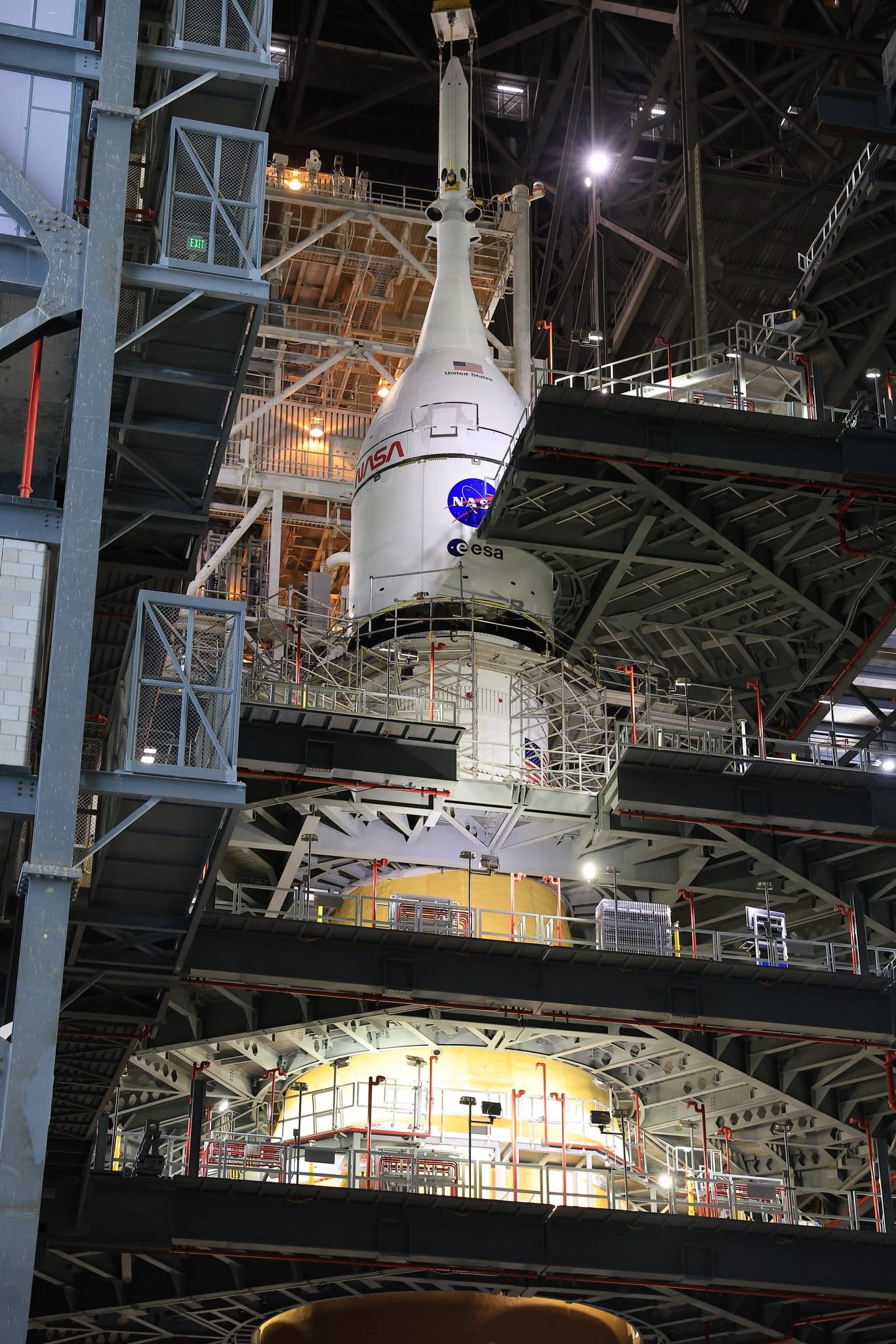
- Also without an announcement on NASA’s website, we got to know through Duffy’s X account instead that the integration of the Orion spacecraft onto the SLS rocket for the upcoming crewed Artemis II circumlunar mission is now complete. The four astronauts flying around the Moon and back for the mission have named their Orion craft “Integrity”. NASA wants to target February 2026 for Artemis II’s launch although quite a few pre-launch preparations remain for this year and next.
- Astrobotic announced that the launch of the company’s Griffin lander to the Moon’s south pole as part of NASA’s CLPS program is now postponed from this year to no earlier than July 2026. The large lander’s primary payload will be the FLIP rover by Astrolab (a Moon Monday sponsor), which got manifested earlier this year after NASA decided not to fly the VIPER rover aboard Griffin.
- The Rice University in Texas, USA is hiring a postdoctoral associate for a NASA-funded project dedicated to developing next-generation radiometric dating methods specifically to analyze samples from Apollo and future Artemis missions.
